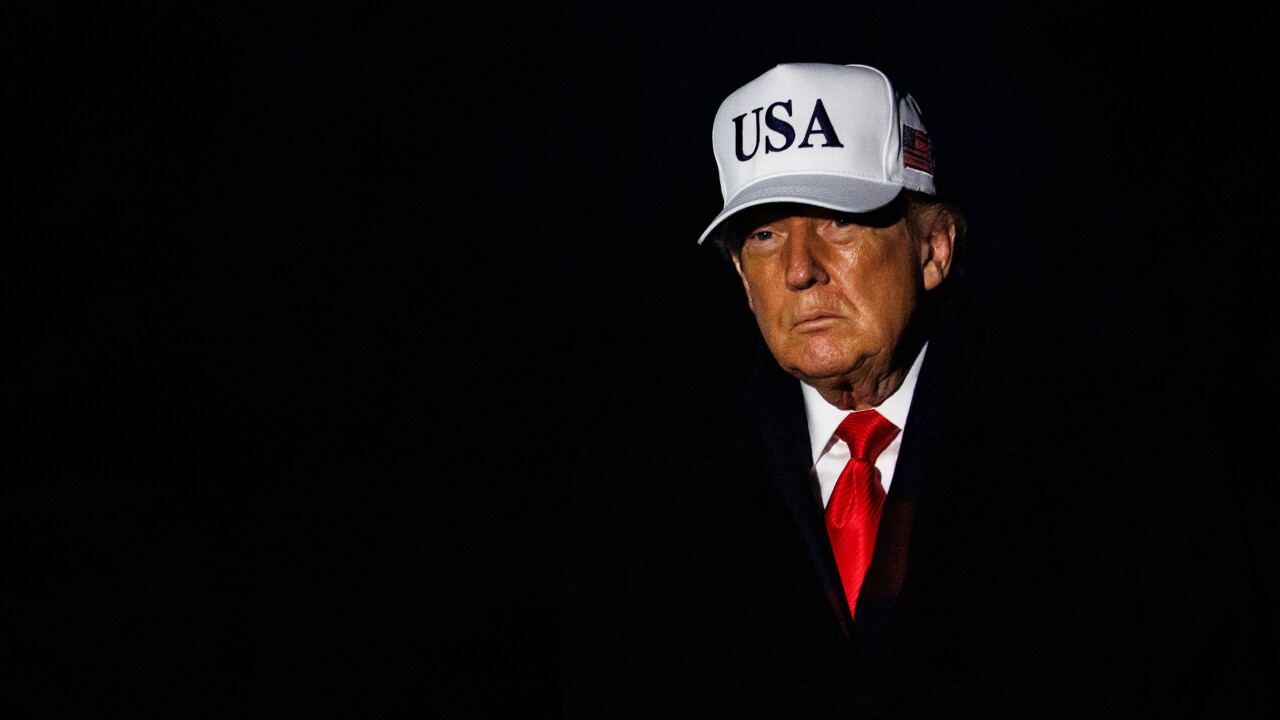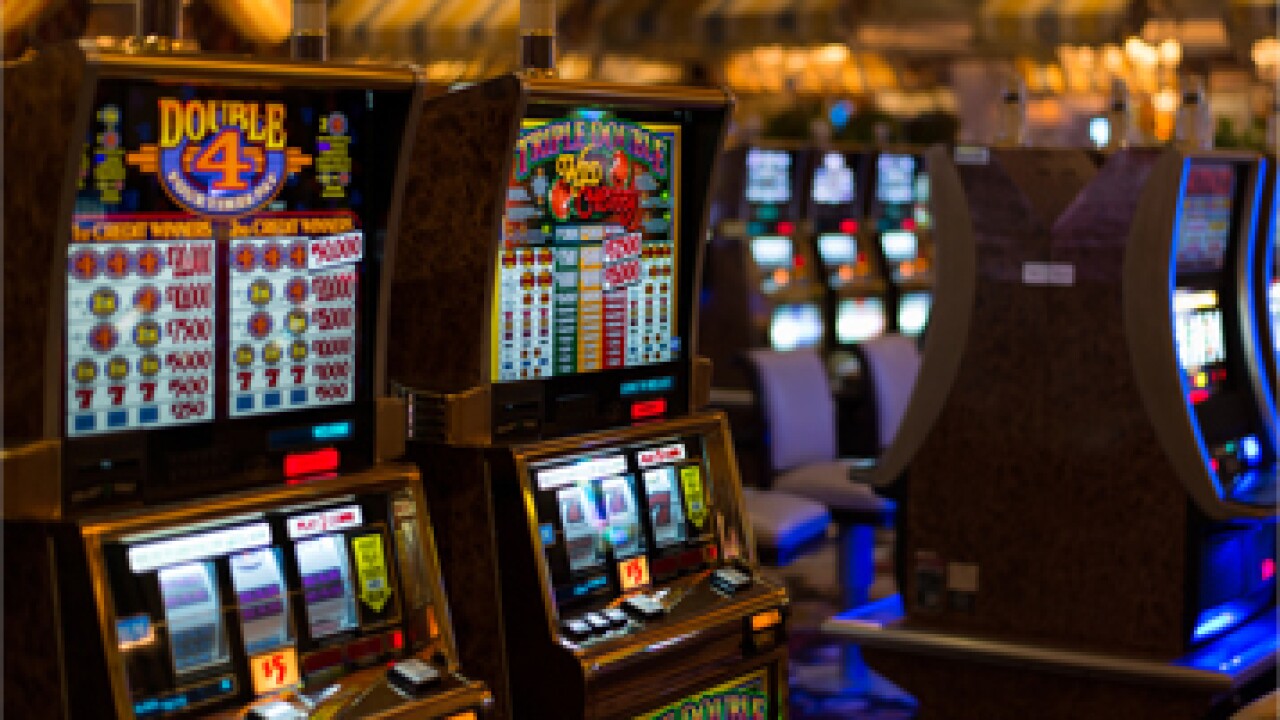
Hurricane Katrina taught Robert Kottler a lot — including how to text message.
"I got a text from a friend asking, 'How are you?' I thought, 'What's this?'" said Kottler, director of retail, small-business and mortgage banking at Iberiabank. During Katrina he was an executive of Hibernia National Bank. "I text back, 'Who are you?'"
Eleven years later flooding near Baton Rouge once again has banks in southern Louisiana in emergency-response mode. The damage is less widespread than it was during Katrina but still devastating for those in the flood zone, and the way banks, their employees and customers are responding shows just how much technology has shaped what happens in crises.
-
Bankers in the Northeast must remain flexible and ready to roll up their sleeves in the aftermath of Hurricane Sandy. That was the sweeping message from bankers from areas along the Gulf Coast and Florida who have been through a fair share of catastrophic storms.
October 29 -
Gulf Coast bankers say they were better prepared to handle the onslaught of Hurricane Isaac, which slammed into Louisiana on Wednesday. Bankers are better prepared seven years after Katrina battered the Gulf Coast, learning how to run their banks remotely and keeping plenty of cash on hand.
August 29 -
Previous natural disasters in the Gulf region have taught banks like MidSouth, Regions and Hancock how to swing into action to help customers and manage sudden risks.
August 18 -
When the hurricane hit the Gulf Coast nearly a decade ago, it brought with it unimaginable destruction. Still, it also allowed the area's banks a chance to work together, connect with clients and work toward a stronger future.
August 24
"In the last five to seven years, the adoption of mobile technology in the general population has changed a lot. … People have become accustomed to leaning on mobile," said Ann Pickren, the president of the commercial division of Emergency Communications Network, a provider of messaging services to businesses and governments. "It has created a new perspective of how you communicate to critical resources such as employees or citizens."
Indeed, two years ago Iberiabank, of Lafayette, La., adopted two-way messaging technology provided by MIR3, a company acquired by Emergency Communications this month, as part of its business continuity plan. New employees are prompted to give several ways for the company to reach them, including personal cellphones and email addresses. When crises hit, the company reaches out to account for its people and the employees are able to respond. Each year employees are required to update it.
"One of the challenges during Katrina was that people scattered to all parts of the country, and we had a rather static contact list," said Bart Bragg, chief information officer of Iberiabank. He was also at Hibernia during Katrina. "This new solution is interactive and gives us a lot more flexibility."
For instance, the employees can hit "1" if they are OK, and so forth.
Pickren added that increasingly, crisis communication evolves into the norm. In other words, typically when a crisis occurs the spike in usage her network sees becomes the norm.
"What that says to me is that many companies are starting in a place of using technology to communicate in an emergency but then transition to using it as day-to-day use," Pickren said.
Also in the years following Katrina, banks have sought more back-office solutions that ensure their operations will not be disrupted if their main offices are out of order. More services are hosted in the cloud, and several banks have secondary offices elsewhere.
Iberiabank recently opened a center to handle much of its information processing during hurricane season — June 1 to Dec. 1 — in Little Rock, Ark. During the off-months, the processing shifts back to Louisiana.
"In today's world, we can move technology around so much easier," Bragg said. "Say we had a call center in Baton Rouge — in the past, if our people couldn't get to work, the call center wouldn't be open. We now have options."
The way Iberiabank is interacting with customers is different. Beth Ardoin, the director of communications of Iberiabank, said it is using targeted emails to contact customers in the affected areas. In her estimation, customers are more trustworthy of emails from their bank than they were a decade ago — even if banks still encourage customers to be mindful of phishing attempts.
Today customers are reliant on mobile banking — underscoring the importance of making sure the bank is operational. In 2005, two years before the release of the iPhone, mobile banking largely did not exist. A whole channel has emerged since then.
"There are more self-service functions. They can check their balances, move money, make deposits," Kottler said. "The biggest change is that they largely can take care of themselves."
While banks cannot take credit for this, the reliability of cell service has also markedly improved in the last decade.
Customer behavior is also challenging the notion that cash is king in times of crisis. Several Louisiana bankers have tremendous stories about getting and moving cash during the 2005 hurricane.
"During Katrina, we had a lot of conversations making sure the ATMs had enough cash," Kottler said. "We've had very few of those this time."





